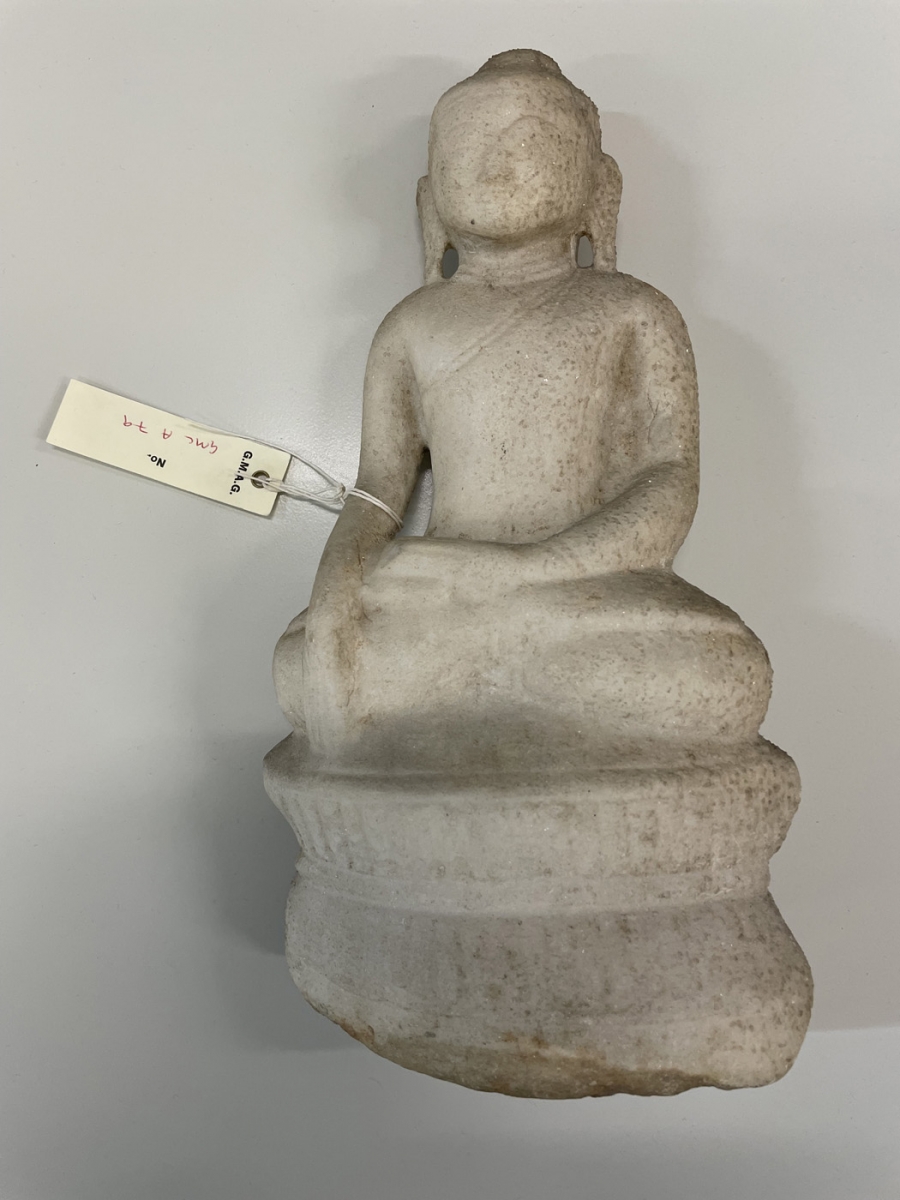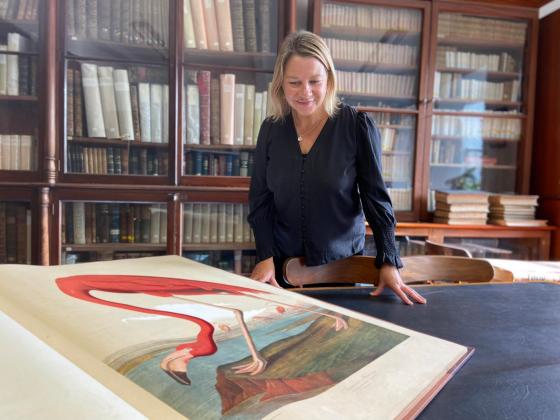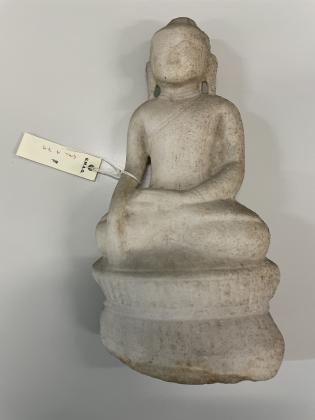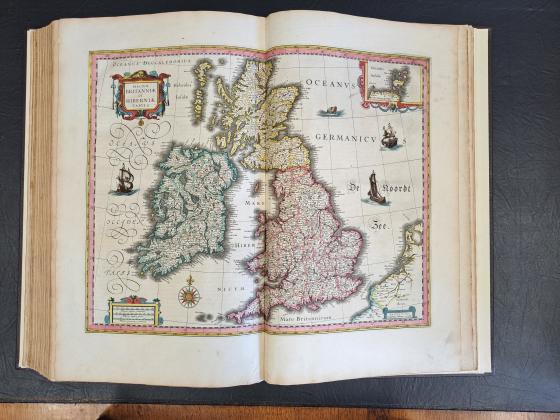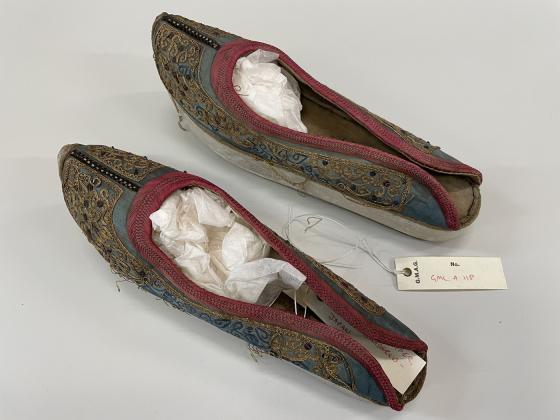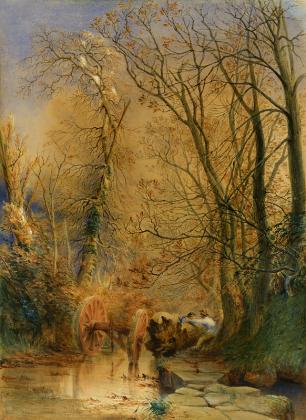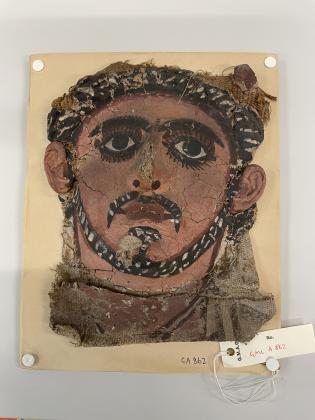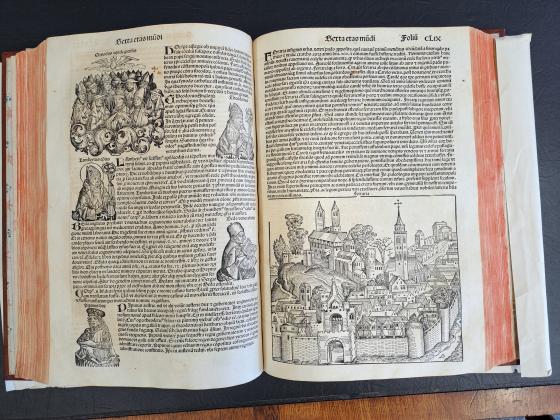Seated figure of Buddha
Carved from a single piece of white marble, this figure of Buddha originated in Burma (Myanmar) in either the 18th or 19th Century. It was donated to the Guille-Allès Library & Museum by a Mr G Tardiff of St Martin’s in September 1921.
The Buddha is seated on a throne in the Vajrasana or Adamantine position, with his legs crossed and the soles of both feet turned upwards. The remains of the characteristic bell-shaped ushnisha or turban can still be seen on his head. His face is serene, and his hands form the gesture of Bhumisparsha mudra, meaning he is calling the Earth to witness his steadfastness.
Earlier examples were carved with rich detail and lavishly decorated, often painted gold. However, these eventually gave way to a more simplistic representation with less surface detail and little or no colour, emphasising Buddha’s spiritual purity and simplicity.
TRIVIA
Vajrasana is Sanskrit for ‘diamond’, as the body of the person who practices this pose is said to become as strong as a diamond.
The bell-shaped ushnisha resembles a crown and is used to symbolise the enlightenment of the Buddha. It’s not to be confused with the topknot, a style adopted by royalty of the time.
Bhumisparsha mudra is the most popular pose for Buddha statues worldwide.
